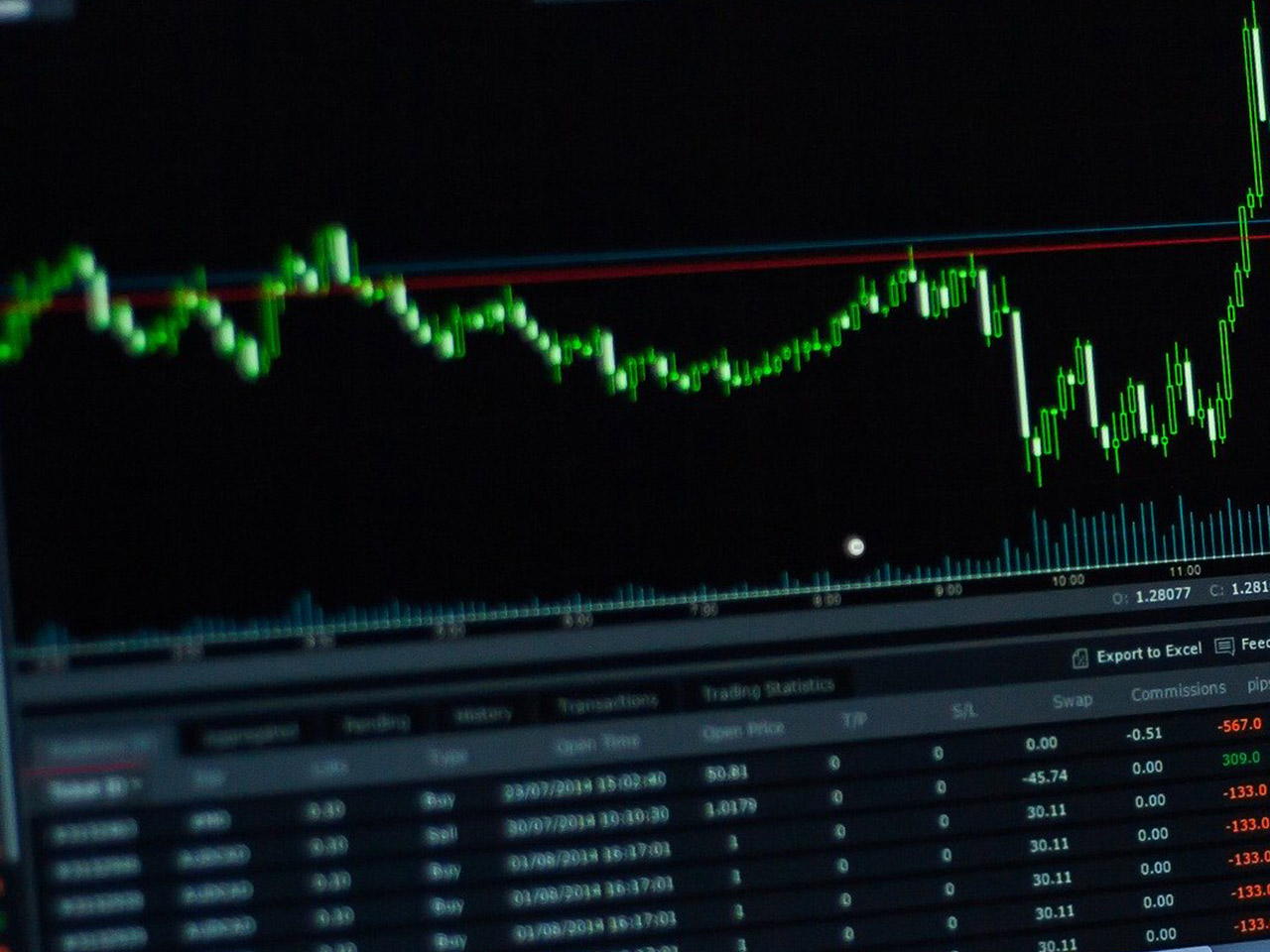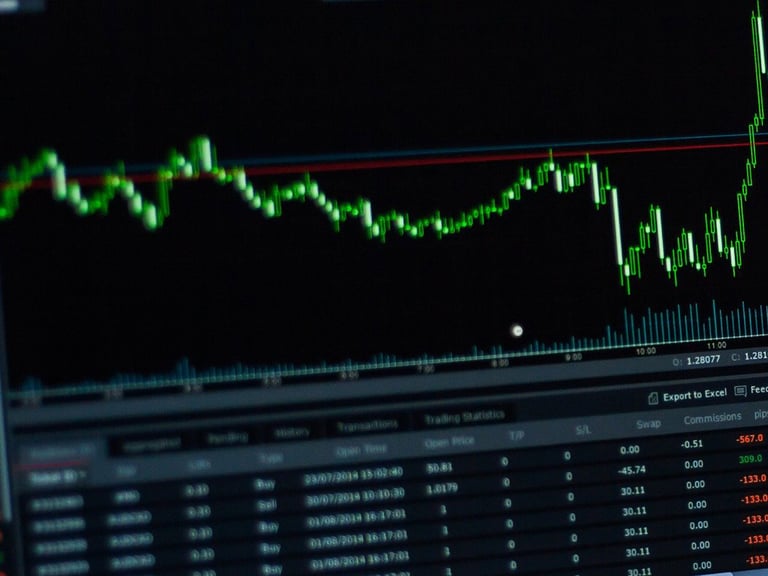Delta Air Lines, Inc. (NYSE: DAL) stands as a formidable player in the Industrials sector, specifically within the Airlines industry, with a market capitalization of $27.4 billion. Based in Atlanta, Georgia, Delta operates a robust network of domestic and international routes, leveraging strategic hubs across major U.S. cities and influential global destinations. Despite facing the typical headwinds of the airline industry, Delta’s current valuation metrics and analyst ratings suggest significant upside potential that might be worth exploring for investors.
Currently trading at $42.42, Delta’s stock price has seen a modest dip of 0.03% recently, yet it remains within a 52-week range of $37.32 to $69.06. This price movement offers a glimpse into the stock’s volatility but also into its potential for growth, especially when considering the average target price set by analysts at $73.88. This target reflects a remarkable potential upside of 74.17%, a figure that should catch the attention of investors seeking growth opportunities.
Analyst sentiment towards Delta is overwhelmingly positive, with 22 buy ratings against just one hold and zero sell ratings. Such consensus underscores confidence in Delta’s operational strategies and future prospects. The airline’s strong forward P/E ratio of 5.20 suggests that it is relatively undervalued compared to its earnings potential, particularly in an industry often characterized by fluctuating fortunes.
Delta’s financial performance is further buoyed by robust revenue growth of 9.40% and a healthy return on equity of 26.19%, indicating effective management and a solid ability to generate returns on investments. The company’s free cash flow of over $1.5 billion underscores its financial health and provides a buffer to invest in growth initiatives or navigate economic turbulence.
Investors might also find comfort in Delta’s dividend yield of 1.41%, supported by a conservative payout ratio of 9.38%. This suggests the dividend is sustainable and can potentially increase as the company grows its earnings base.
On the technical front, Delta’s stock has some catching up to do, with its 50-day and 200-day moving averages at $58.06 and $53.53, respectively. This situation might present a buying opportunity for those anticipating a rebound to align with these averages. The RSI of 61.65 indicates that the stock is not yet overbought, providing further room for upward momentum.
While the MACD and Signal Line are slightly negative, reflecting recent bearish signals, the underlying fundamentals and positive analyst outlook might counteract these technical indicators in the longer term.
Delta’s extensive fleet of approximately 1,292 aircraft and its diversified operations, from passenger transport to cargo and maintenance services, position it as a resilient entity capable of weathering industry challenges. Its strategic investments in both product and service innovation continue to enhance customer experience, which is crucial in maintaining a competitive edge.
As Delta navigates the complexities of the post-pandemic aviation landscape, its strategic positioning, combined with a strong balance sheet and favorable analyst outlook, makes it a compelling consideration for investors looking to capitalize on substantial upside potential in the airline industry.





































